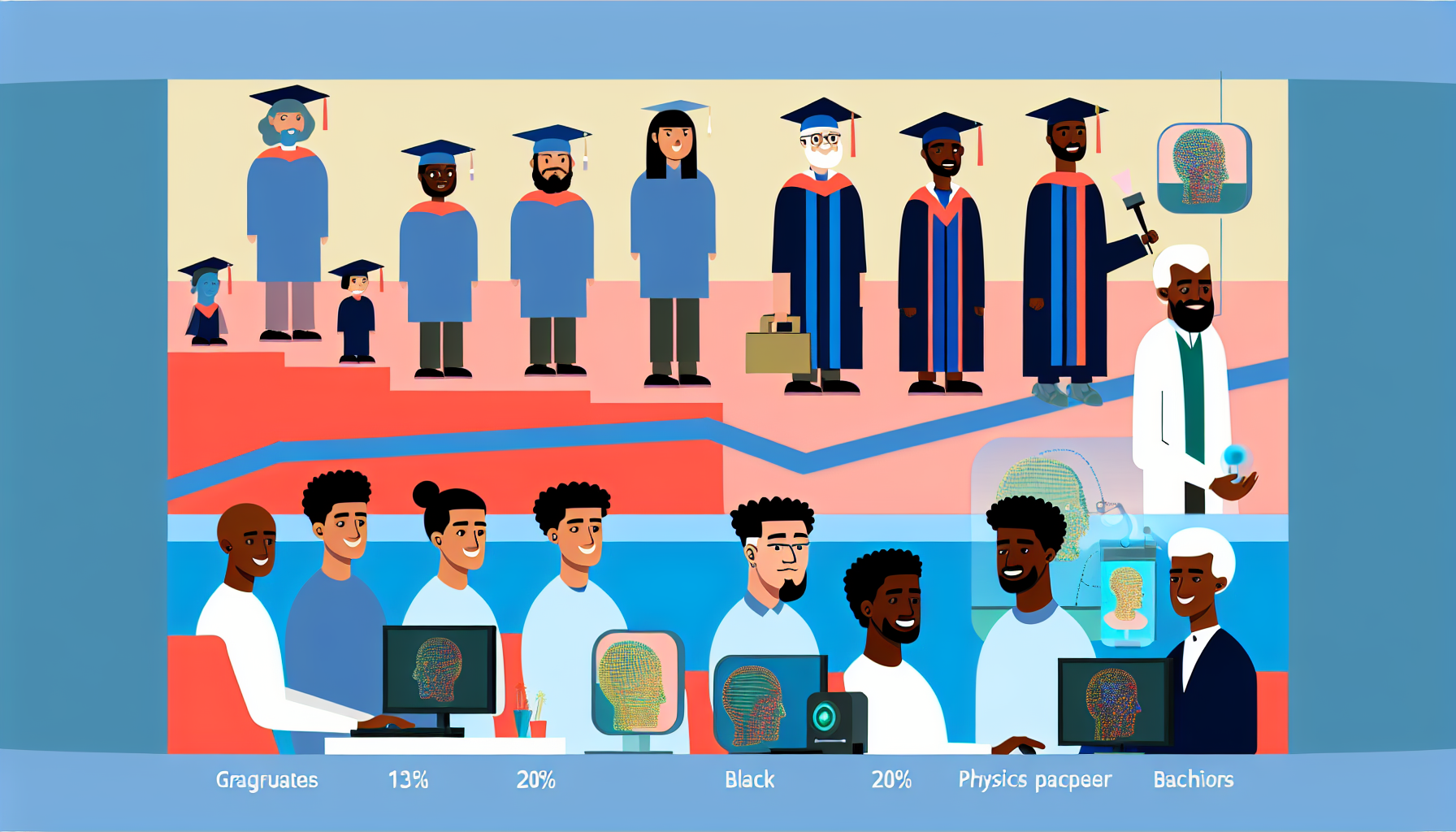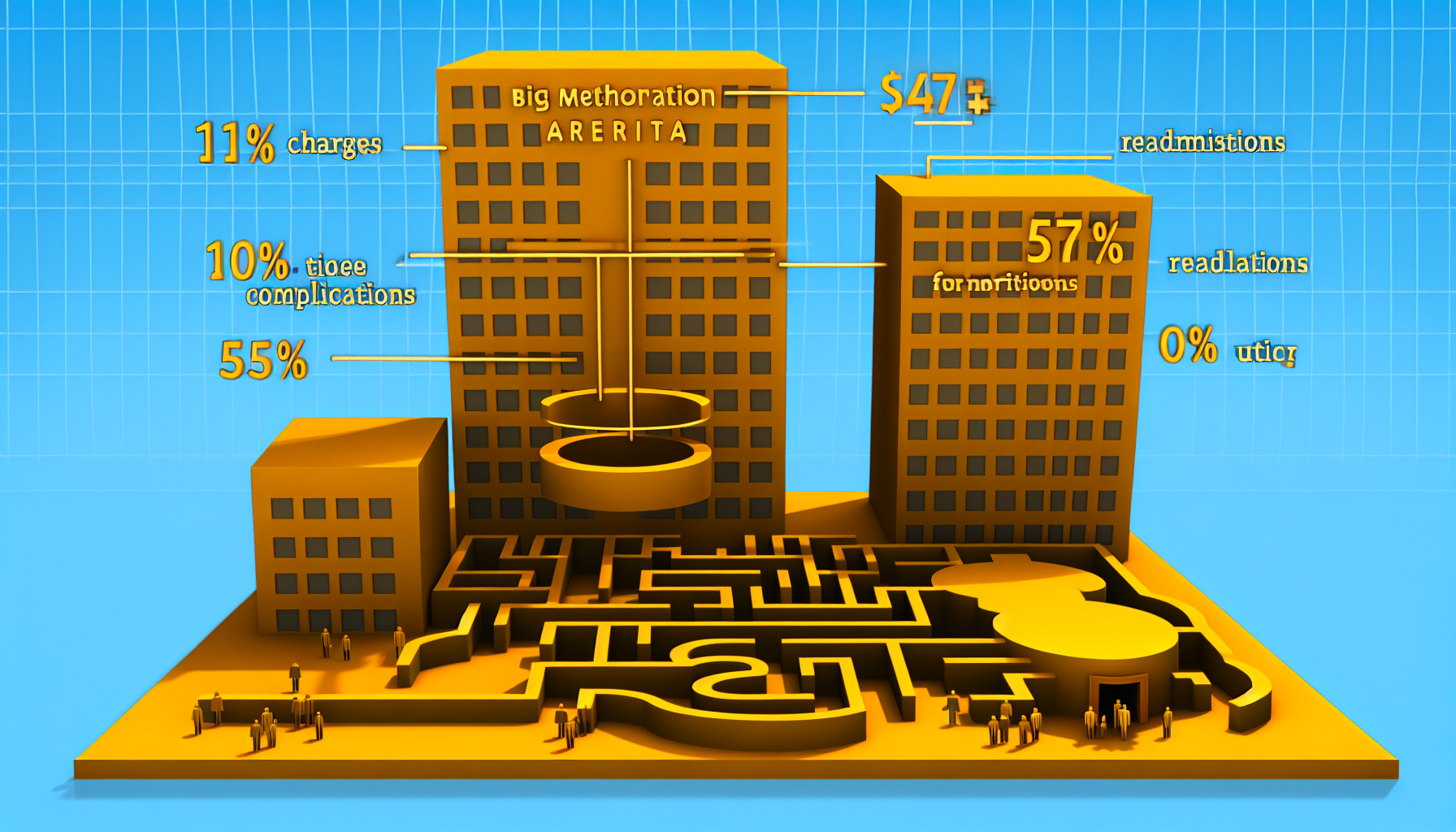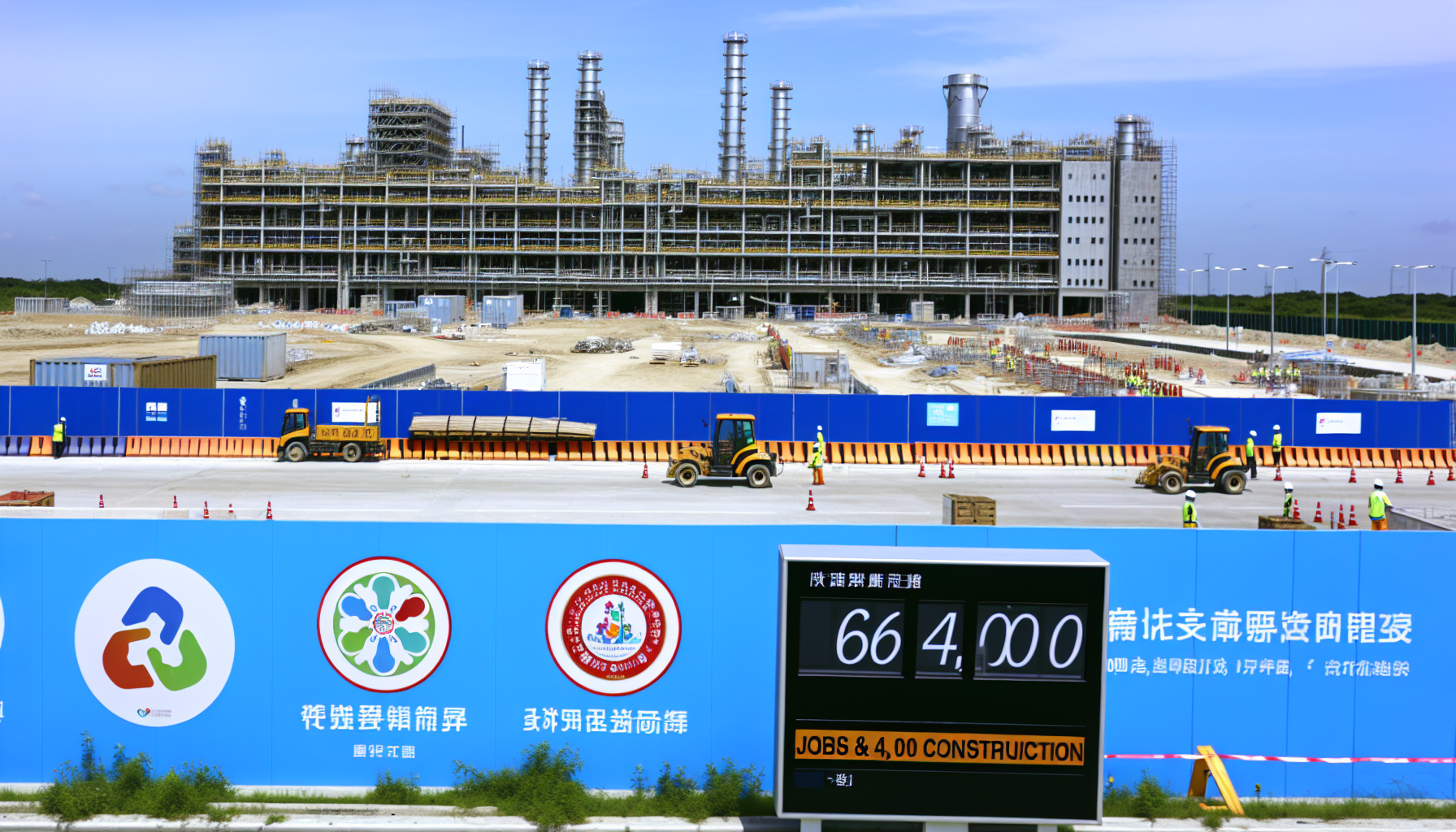AI automation is not just an economic shock; it is a redistribution of power. When labor power declines—because fewer people are needed to produce or to enforce—bargaining leverage, civic space, and democratic checks shrink. In 2024–2025, the data show a double movement: generative AI is set to reshape work at scale while AI-assisted surveillance expands globally. That combination can lift productivity but also lowers reliance on people power, raising risks of coercion, censorship, and rights erosion unless governments and firms recalibrate safeguards, rights protections, and accountability.
Key Takeaways
– Shows generative AI could disrupt over 30% of workers’ tasks, intensifying pressure on labor power and demanding proactive worker training and protections. – Reveals AI-enabled censorship and surveillance covered 70 countries, with conditions worsening in 29 and civil liberties declining for 13 consecutive years. – Demonstrates automation lets a single operator coordinate enforcement; a 2024 South Korea case underscores reduced human restraint without robust oversight and accountability. – Indicates unbalanced labor markets, not technology alone, weaken labor power; March 28, 2024 analysis urges unions, higher minimum wages, and stronger social insurance. – Suggests global rollouts—from Singapore’s lamppost facial recognition to Malaysia’s 2018 Yitu deal—require April 2024 OECD-aligned rules to safeguard democratic space.
AI is disrupting tasks at scale—and labor power with it
For the workplace, the most rigorous recent estimate comes from an October 10, 2024 Brookings analysis by Molly Kinder and Mark Muro: generative AI could disrupt more than 30% of workers’ tasks, with cognitive, nonroutine roles most exposed, prompting calls for training and labor‑market measures to shape outcomes and protect rights [1].
Task disruption is not identical to job loss, but it changes bargaining math. When 30% or more of task time becomes automatable, employers gain credible substitution options, which weakens labor power at the negotiating table. Absent countervailing rights or sectoral agreements, productivity gains can decouple from wages, and redeployment promises fade into speed‑up, headcount freezes, or offshoring of residual work. That shift is structural, not cyclical, and it reaches well beyond clerical roles into professional services.
Crucially, who controls deployment decisions matters. If managers configure systems to deskill work—removing discretion from frontline staff and centralizing control in dashboards—the bargaining unit’s leverage erodes further. If, instead, firms codify worker co‑design, training rights, and algorithmic transparency, the same tools can augment expertise and increase labor power via higher productivity shares, job ladders, and
Image generated by DALL-E 3











Leave a Reply